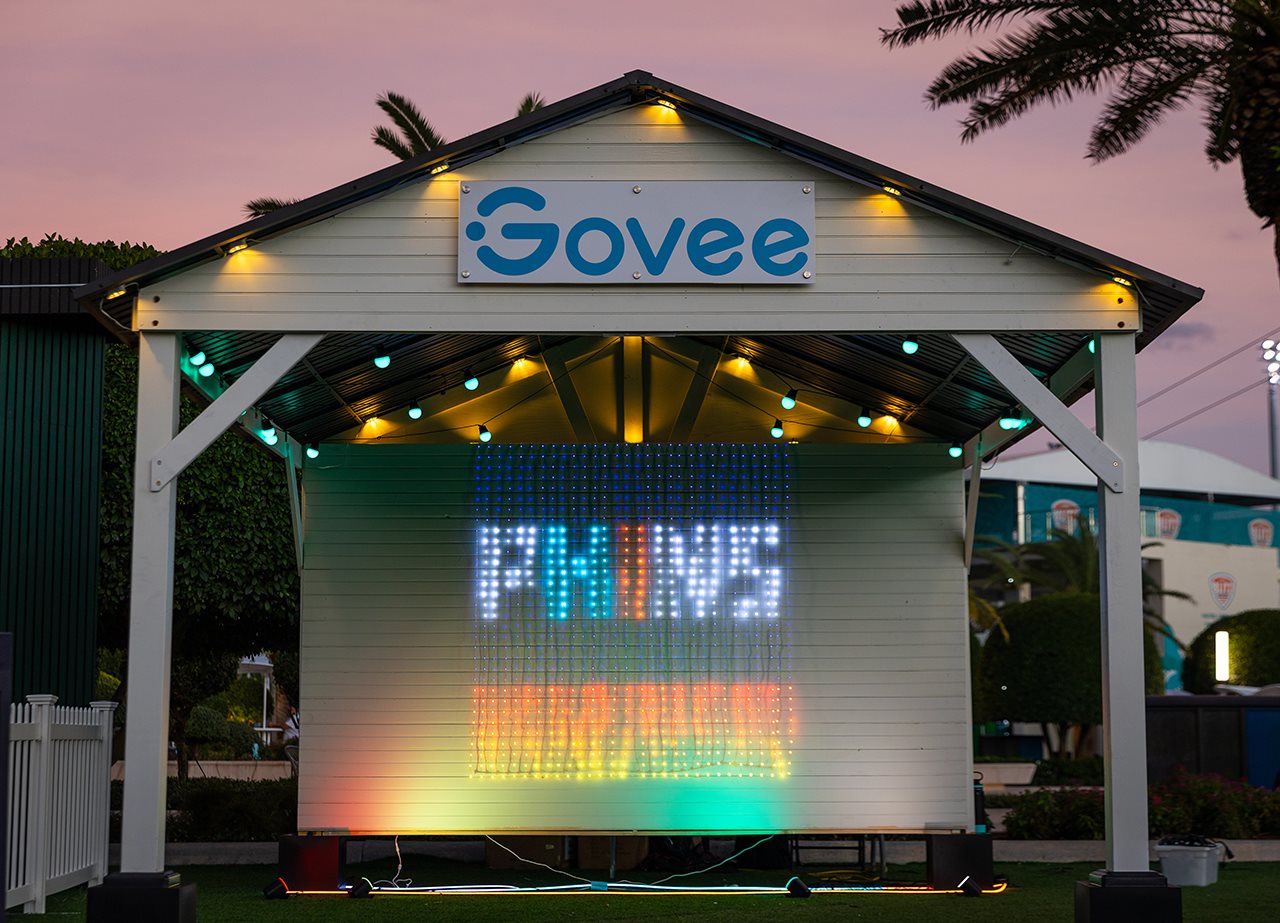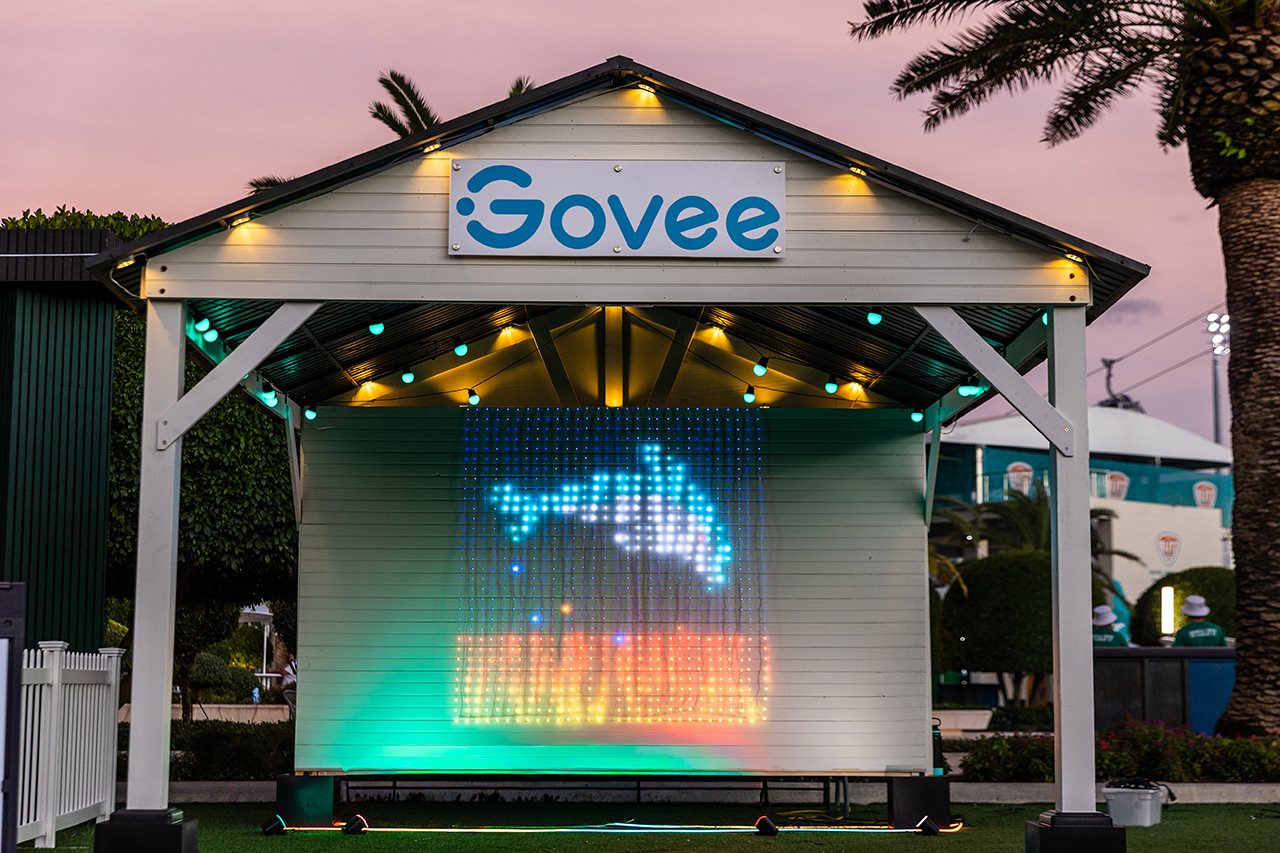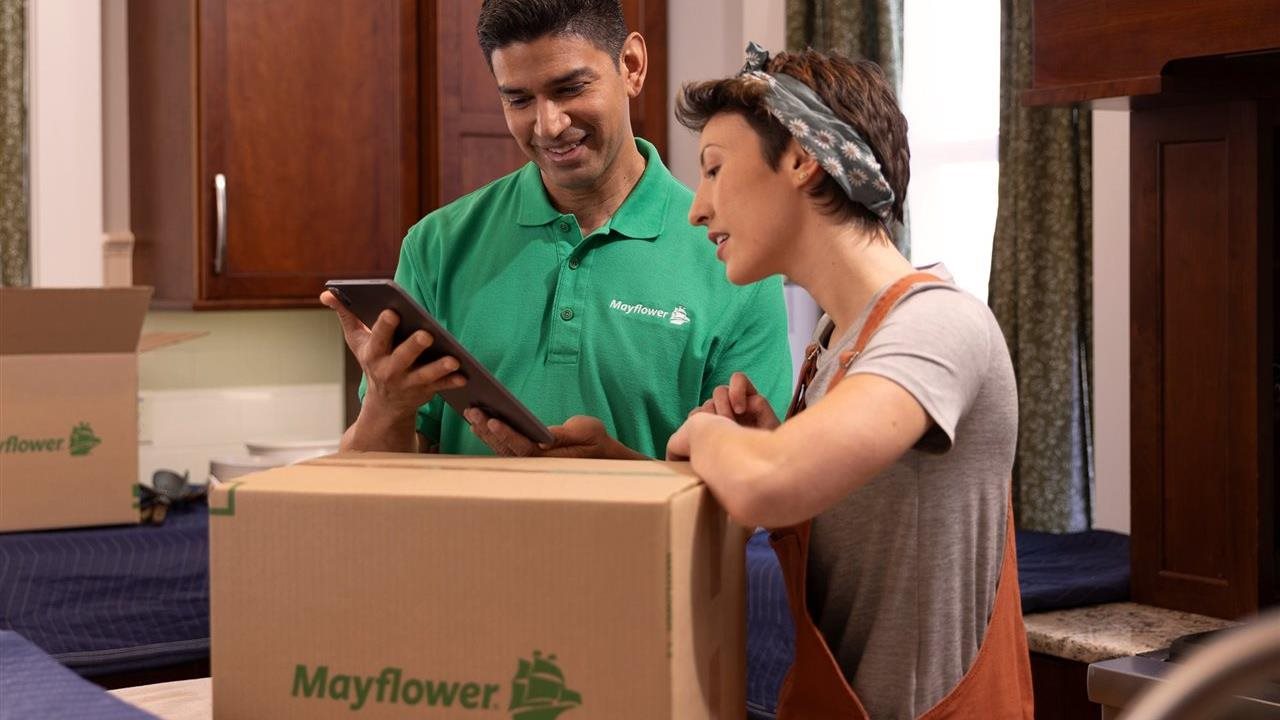2025-10-28T06:01:00
(BPT) – Millions are in the throes of navigating the endless holiday gifting gauntlet. Trying to find the perfect gift for everyone on your list is stressful. And expensive. What do you get your picky teenager? Your kid’s teachers? Your coworker you barely know?
Here’s the ultimate holiday hack: the perfect holiday gift is giving recipients the freedom to choose for themselves. Skip the stress, delight the people you’re buying for and protect your budget with everyone’s favorite present — gift cards.
Gift cards have been the most requested present for nearly 20 years. And for good reason. They’re versatile, thoughtful and empower the people on your holiday shopping list to get exactly what they want.
There’s always a perfect fit
Imagine giving a gift that’s always a hit, never needs to be returned and puts a smile on everyone’s face. That’s the magic of a gift card.
No more worrying if your aunt likes the color sweater you gave her or if your brother has already read the book you picked. They get to choose precisely what they truly want, eliminating the hassle of returns for both of you.
One of the best parts about gift cards is that people can use them however they like. They can splurge on something they’ve been eyeing for a while, save them for a bigger purchase down the road, or even tuck them away for a rainy day. It’s like giving “free money” to use when they want or need.
Personalizing a gift card is easier than you think
Gift cards give you endless ways to make your gift feel personal. Choose brands they love, deliver it however you want (in-person, in a text, through an email or in fancy greeting card), pick the perfect amount and even pair it with a little something extra.
Need a gift for your BFF across the country? Send an animated digital gift card that will arrive instantly and make them laugh. Don’t want to worry about carrying wrapped gifts as you travel out of state to visit family? Gift cards are light and easy to pack.
Some tips to make it personal:
- If you’re not sure of their favorite brand, go for a themed card they can redeem at more than one brand for plenty of options.
- Match the holiday vibe by choosing festive, holiday-themed gift cards.
- Add some flair with fun packaging, like a decorative box or miniature stocking.
- Include a few heartfelt words for the recipient.
- Pair gift cards with another small gift, like a coffee shop gift card with a cute mug or a card to the movies with a bag of gourmet popcorn.
- Don’t overlook experience-based gift cards for people who are less into stuff and more into concerts, spas or dining out.
Gift cards protect your budget
Gift cards aren’t just for giving to others. They’re also a smart budgeting tool for you.
When you’re buying a gift card, you can set your own limits by choosing the exact value on the card to avoid overspending. And the person you’re gifting? They can use it right away, put it toward something they’ve been eyeing or save it for whenever.
You can double down on saving by using gift cards to pay for items that are already on sale or discounted, which helps avoid credit card debt or debit overdraw fees. Many stores offer special gift card promotions where, in addition to buying the perfect gift for someone else, you get rewarded with a gift card to use later on yourself.
Gift cards are there when you need them
Life is busy and convenience is key, especially around the holidays. Gift cards fit right into your lifestyle, making them incredibly easy to buy and use. They’re also available to you anytime, anywhere.
Grab a few gift cards while you’re grocery shopping and avoid extra trips to different retailers. Buy them online while you’re cozied up on the couch binge-watching holiday movies. Scoop them up from a retailer’s app while on the train headed to work.
Gift cards stay convenient from purchase to use and everyone can store them their own way. For example, your dad may want to keep a physical card in his wallet while your techie colleague may want to add a card to their digital wallet. Doesn’t matter their preference — in the end, the choice is all theirs.
Gift cards spread joy
Take the stress out of gifting and give the gift of joy. Gift cards are the thoughtful, flexible, budget-friendly choice that everyone on your list (including you) will appreciate. Happy shopping!






























